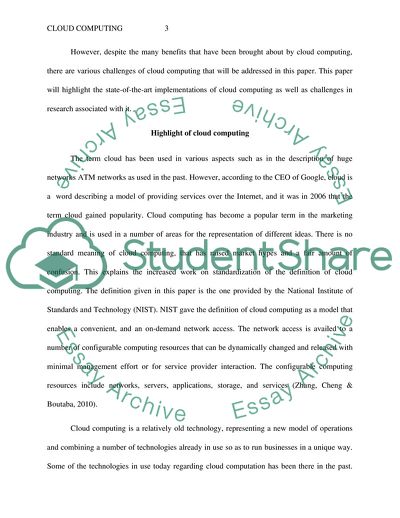Cite this document
(Key Concepts of Cloud Computing Coursework Example | Topics and Well Written Essays - 2750 words - 1, n.d.)
Key Concepts of Cloud Computing Coursework Example | Topics and Well Written Essays - 2750 words - 1. https://studentshare.org/information-technology/1871514-cloud-computing
Key Concepts of Cloud Computing Coursework Example | Topics and Well Written Essays - 2750 words - 1. https://studentshare.org/information-technology/1871514-cloud-computing
(Key Concepts of Cloud Computing Coursework Example | Topics and Well Written Essays - 2750 Words - 1)
Key Concepts of Cloud Computing Coursework Example | Topics and Well Written Essays - 2750 Words - 1. https://studentshare.org/information-technology/1871514-cloud-computing.
Key Concepts of Cloud Computing Coursework Example | Topics and Well Written Essays - 2750 Words - 1. https://studentshare.org/information-technology/1871514-cloud-computing.
“Key Concepts of Cloud Computing Coursework Example | Topics and Well Written Essays - 2750 Words - 1”. https://studentshare.org/information-technology/1871514-cloud-computing.


